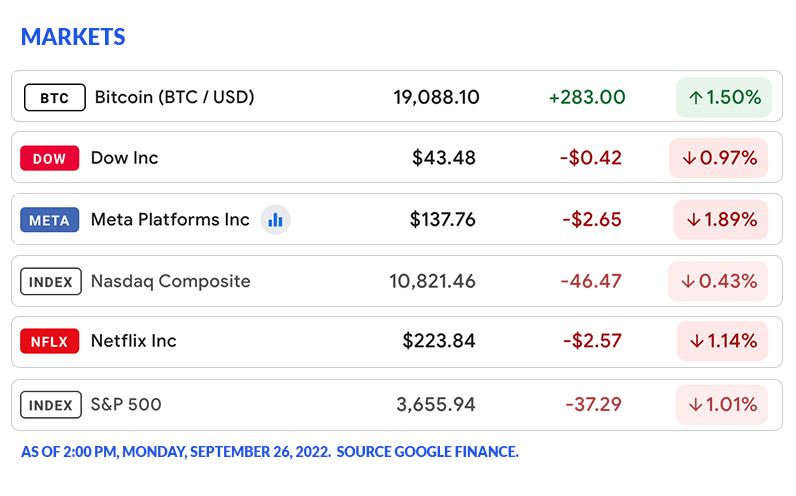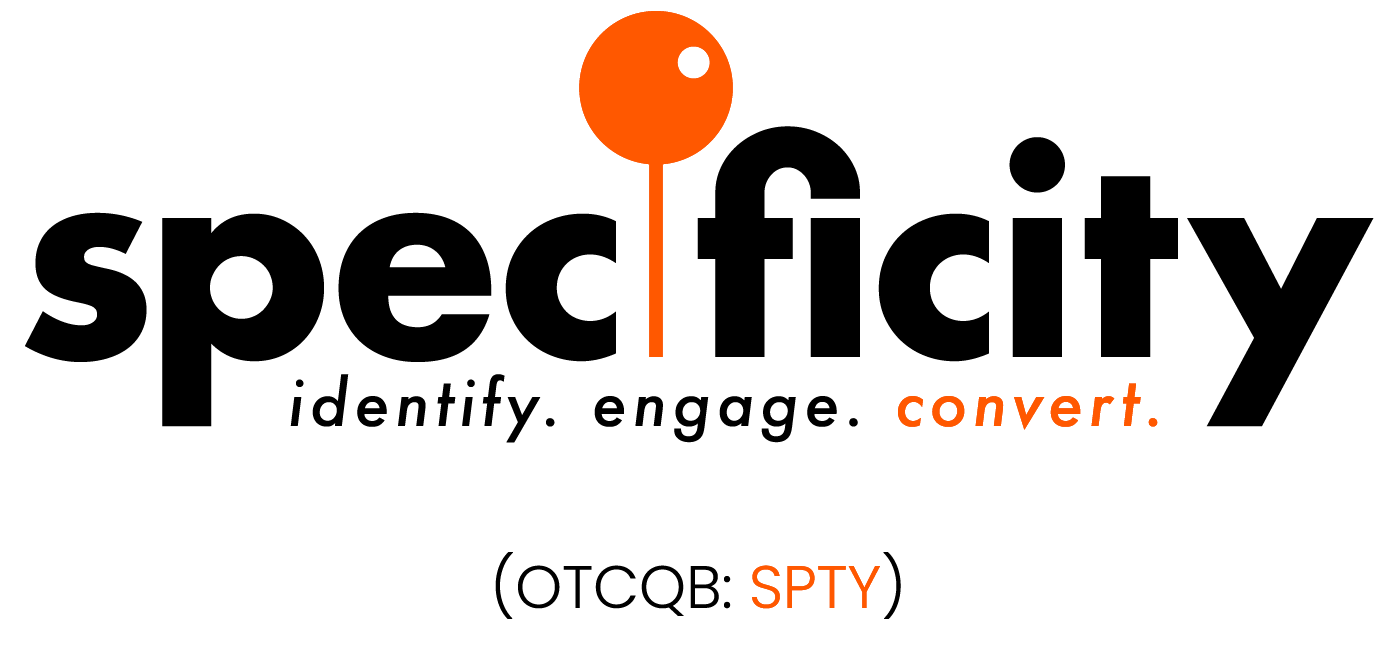You shouldn’t be asking who your target audience is… you should know.
Trying to find your audience using Big Social feels a bit like going up a down escalator. Big Social can no longer target like they used to. This means you’re creating more work with less to show for it.

Using Big Social, you are now forced to increase your spend to a wider audience to get the same results you were seeing before. We have the fiduciary responsibility to our clients to spend their budget in the best way possible. This means spending it on an audience that has the highest likelihood of converting. Let’s play out a scenario.. say you have a wedding dress company. When selling a wedding dress, who is your MOST LIKELY customer? A female in her 20s or 30s, who has recently been engaged. This illuminates several factors that will go into an audience build. One, you would want to target females even though there may be a small amount of men who will buy the dress, but splitting your budget in the area of your dress shop would cut those results in half since half of those impressions would be wasted. Second, who would want to target those who have not been recently engaged. It would be a waste of spend and impressions to target people who are single, or people who are already married. Running this audience for your wedding dress shop would not be approved by Facebook, and would be flagged as “Discriminatory Practices”. Their policy reads, “Ads must not discriminate or encourage discrimination against people based on personal attributes such as race, ethnicity, color, national origin, religion, age, sex, sexual orientation, gender identity, family status, disability, medical or genetic condition…. This means that advertisers may not (1) use our audience selection tools to (a) wrongfully target specific groups of people for advertising”
There is nothing discriminatory about this campaign. We are not saying people of a certain age, sex, sexual orientation, gender identity, or family status cannot buy one of the dresses, we are simply spending the budget where it makes the most sense for a conversion.
You need to deploy data driven campaigns that make the most sense for a conversion, then get smarter as you go. You should be getting telling data from your campaigns that help you dial in and spend even wiser.


